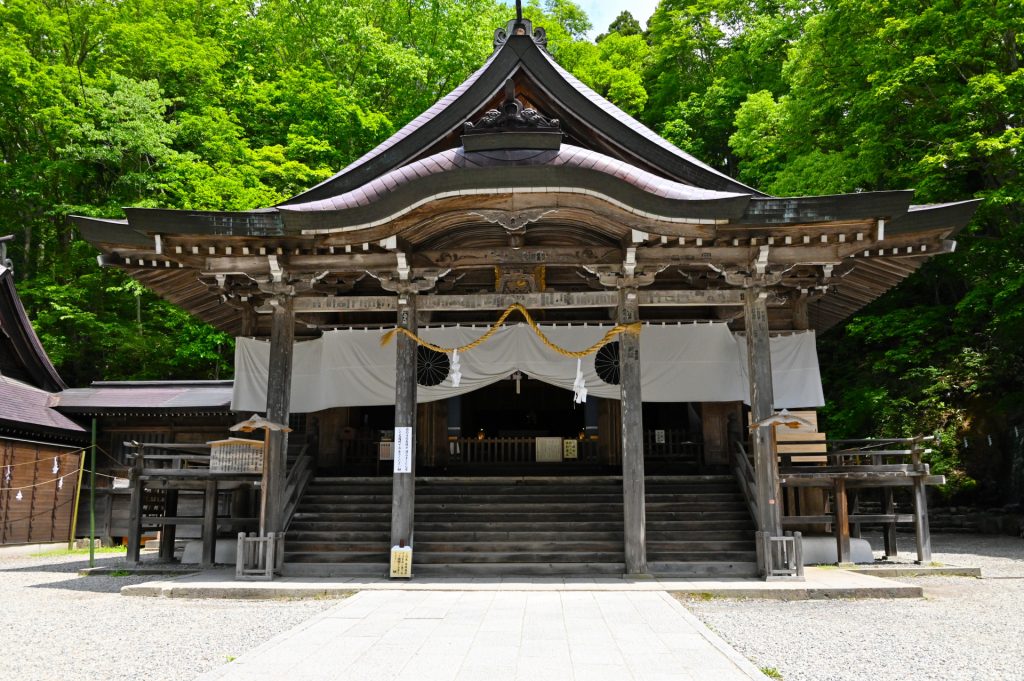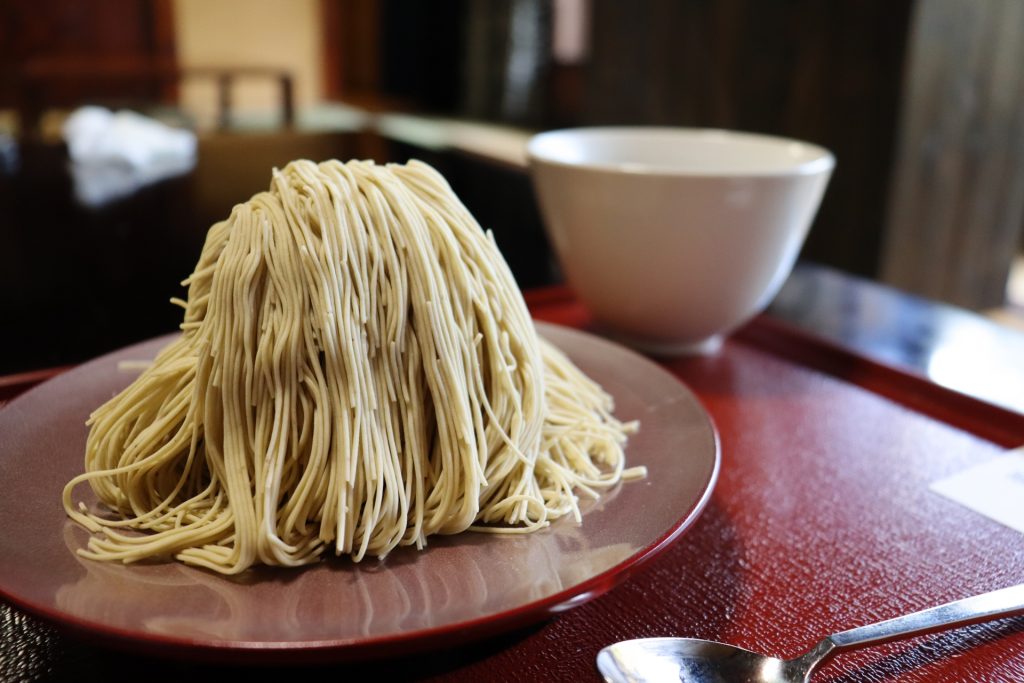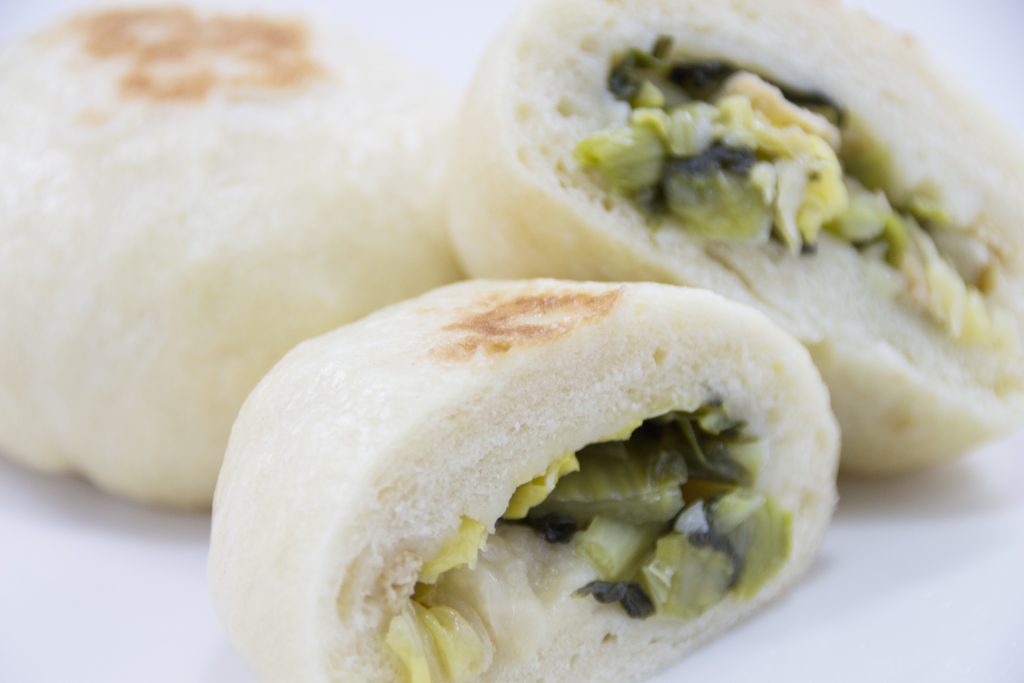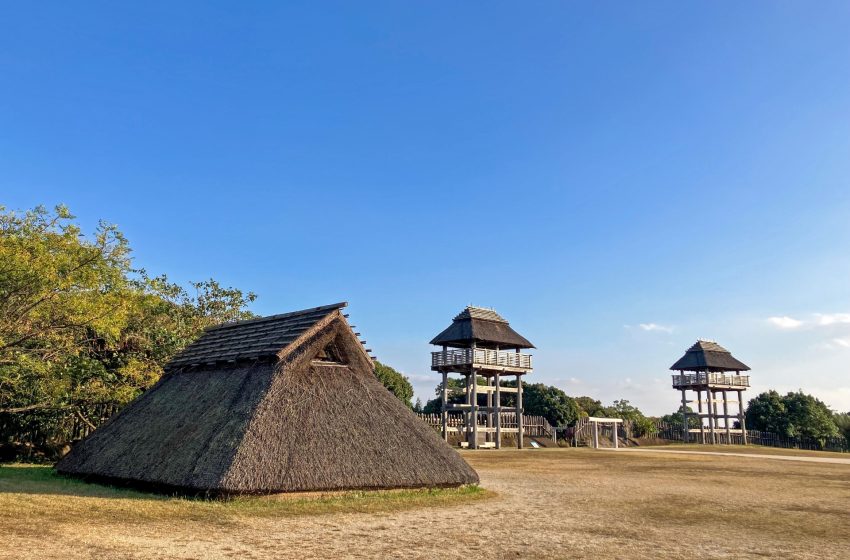
Exploring the Yayoi Period: Unveiling the Roots of Ancient Japan
Hello, history buffs and curious travelers! As you embark on your journey through Japan, you’ll find that the country’s rich tapestry is woven with stories from various historical periods. Among these, the Yayoi Period stands as a pivotal era that shaped much of the Japan we know today. Let’s time-travel back to this fascinating epoch and explore its significance.
What is the Yayoi Period?
The Yayoi Period, spanning from around 300 BCE to 300 CE, marks a significant transition from the Jomon Period’s hunter-gatherer society to a more agrarian and socially complex era. This period is named after the Yayoi district in Tokyo, where, in 1884, archaeologists first discovered pottery distinguishing it from the earlier Jomon style.
The Dawn of a New Age
Agricultural Revolution
The hallmark of the Yayoi Period is the introduction of wet-rice agriculture. This agricultural revolution led to the development of permanent settlements and the rise of a more structured, community-based society.
Technological and Cultural Advancements
This era also saw significant advancements in metallurgy, with the introduction of iron and bronze tools and weapons. These technological strides brought about changes in various aspects of life, from farming to warfare.
Social Structures
The Yayoi period laid the foundations for Japan’s social structure, including the emergence of powerful clan leaders and the beginnings of a rudimentary form of the state, particularly in the Kofun Period that followed.
Art and Artifacts of the Yayoi
The Yayoi people were skilled craftsmen. Their pottery, known as Yayoi ware, was more functional compared to the decorative Jomon pottery. Archaeological sites have revealed a variety of artifacts, including:
- Dotaku (Bronze Bells): Used for rituals, these bells depict scenes from agriculture and war.
- Yayoi Pottery: Characterized by thinner, smoother walls and practical shapes.
- Mimizuka (Ear Mounds): These contain remains of ears and noses of enemies, a testament to the period’s warfare practices.
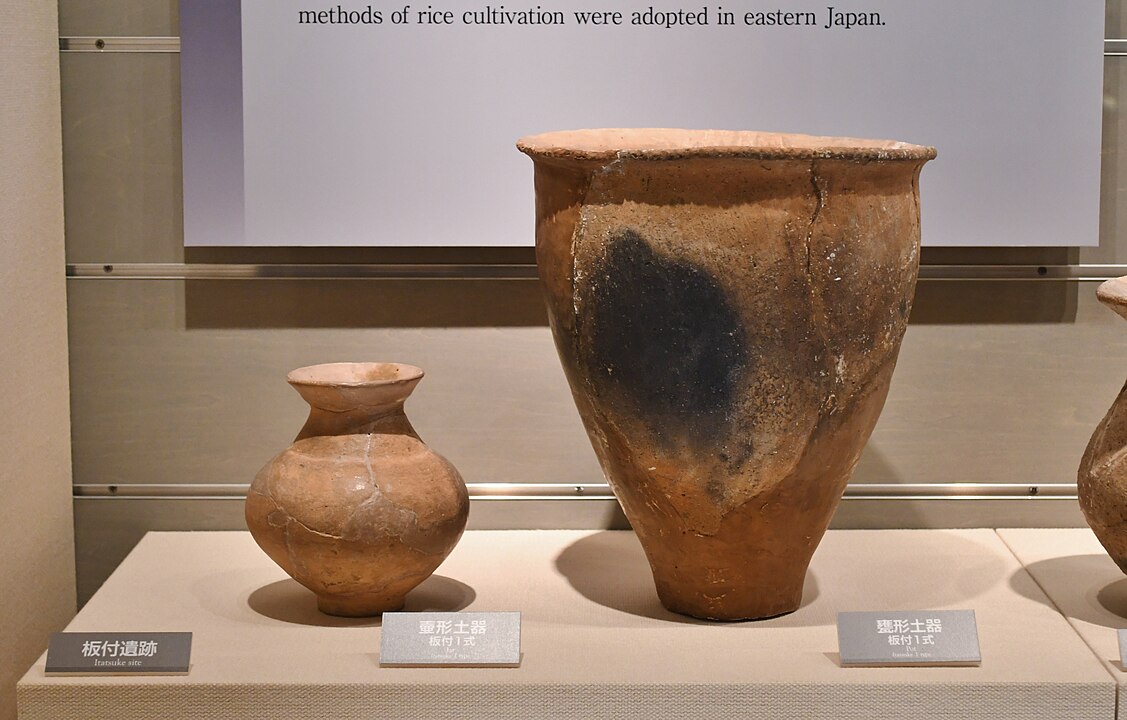
Visiting Yayoi Historical Sites
For those intrigued by this era, Japan offers several sites where you can immerse yourself in the Yayoi world:
- Yoshinogari Historical Park: Located in Saga Prefecture, this park is an extensive archaeological site with reconstructed Yayoi houses and defensive palisades.
- Tokyo National Museum: Home to a collection of Yayoi artifacts, including pottery and bronze bells.
- The Yayoi Kusama Museum: While not directly related to the Yayoi Period, this museum in Tokyo, dedicated to the artist Yayoi Kusama, offers a modern connection to the name ‘Yayoi’.
Why the Yayoi Period Matters
Understanding the Yayoi Period is crucial to comprehending the evolution of Japanese society. It’s an era that not only witnessed significant changes in livelihood but also laid the groundwork for Japan’s cultural, social, and political future.
Conclusion
The Yayoi Period is a bridge between ancient and classical Japan. As you explore the temples, museums, and historical sites across Japan, reflecting on the Yayoi era will offer a deeper appreciation of the nation’s ancient roots and enduring legacy.
Embark on this historical journey, and let the echoes of the Yayoi ancestors add depth to your Japanese adventures!
Safe travels and happy explorations in the land of the rising sun!

